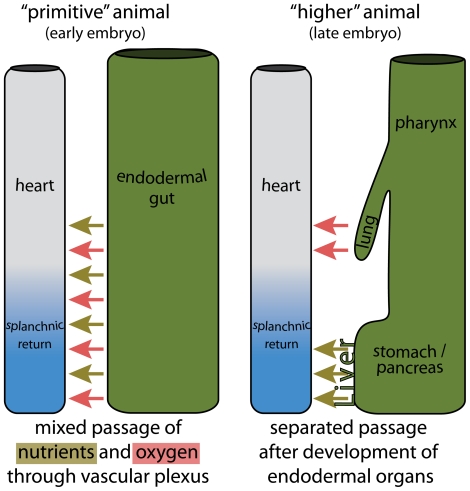Figure 8. Simplification of phylogeny of splanchnic venous returns.
The left panel illustrates a “primitive” animal, such as a mollusk. The endoderm is a simple tube. Overlaying this tube is a splanchnic vascular plexus, through which nutrients (green arrows) and oxygen (red arrows) pass and enter the vitelline venous system. These are then distributed throughout the body by a sluggishly contracting vessel, i.e. the heart. The right panel illustrates a transition that occurred in “higher” animals. Cranially in the endodermal tube, lungs have formed, which are specialized in the uptake and passage of oxygen. Caudally, specialized organs for the uptake and processing of nutrients, such as the stomach and pancreas, have formed. The flow of the afferent vessels of these structures has become separated.

